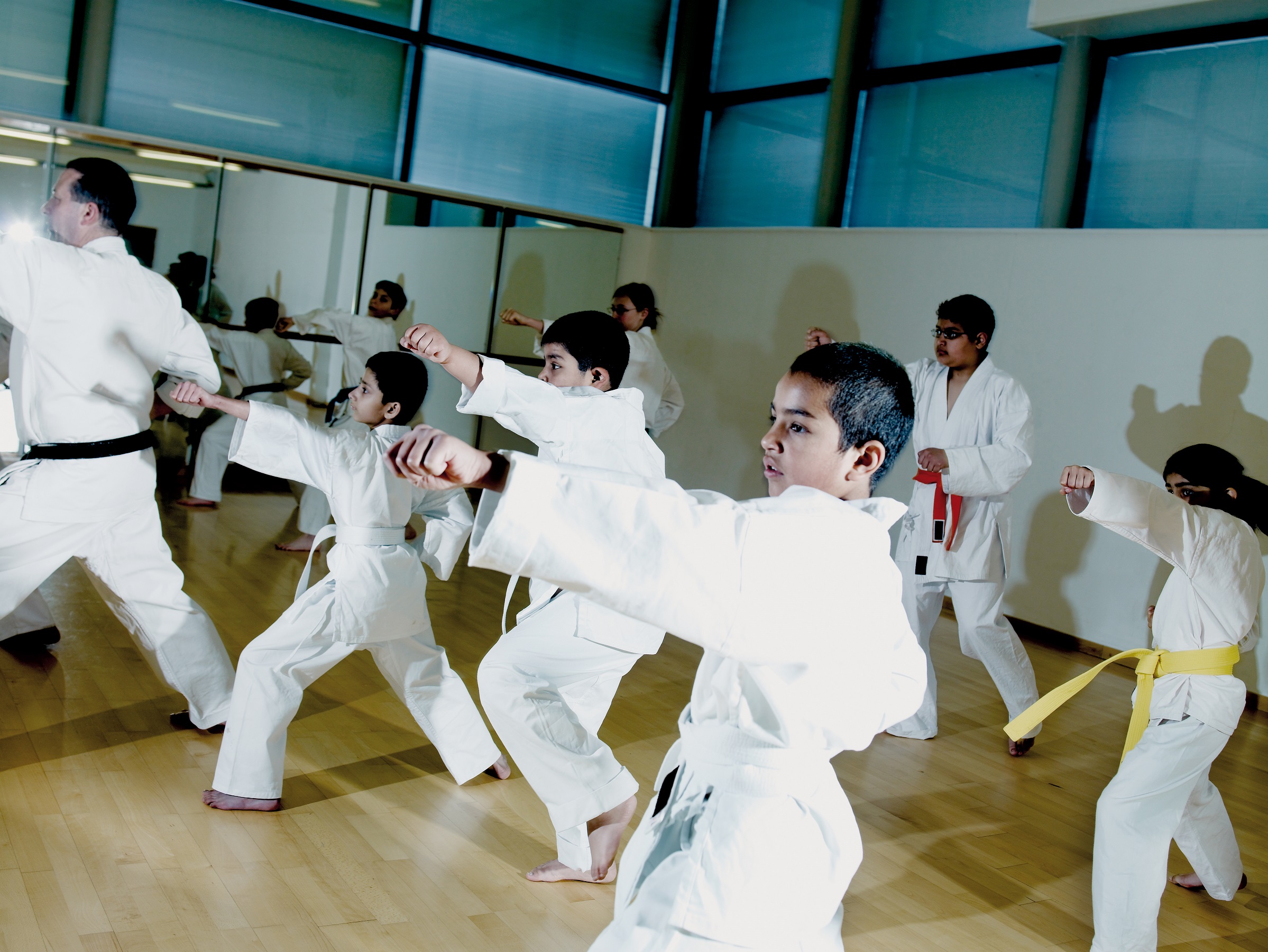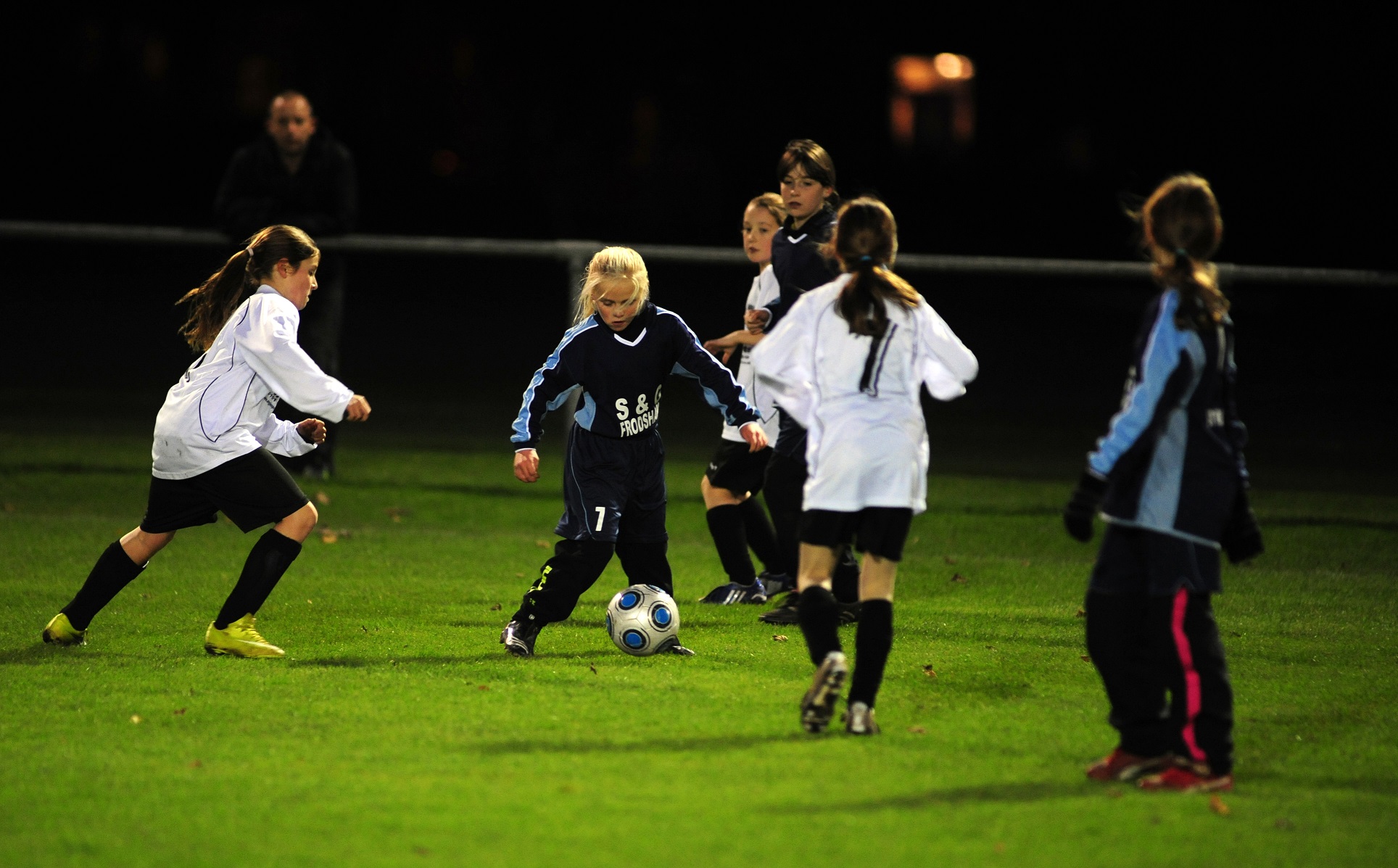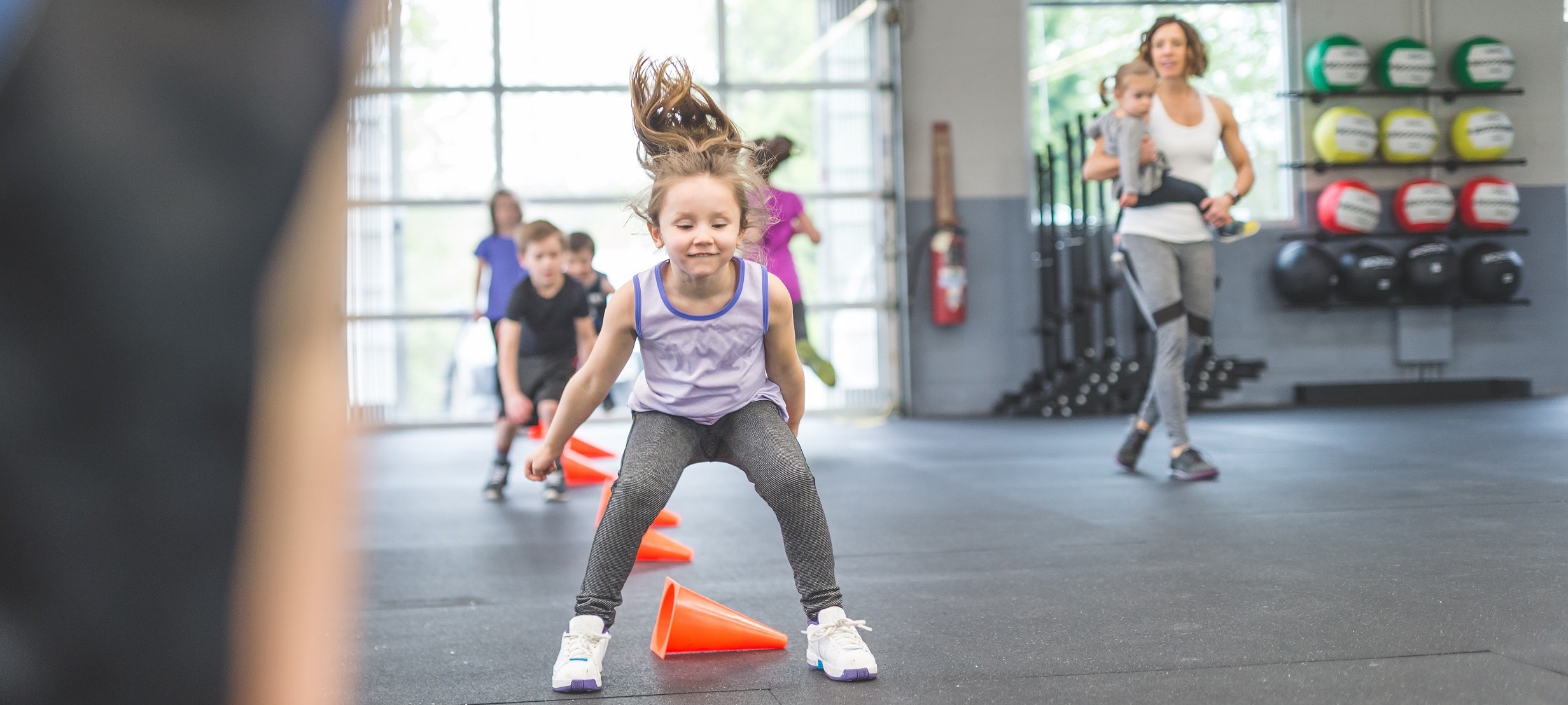It is vital that everyone maintains an active lifestyle to ensure they remain healthy and this of course includes children and young people. Today it can be easy for children to fall into the trap of spending too much time in front of the TV or computer, playing video games, or chatting to friends on social media but this has led to the current generation of children being branded ‘the least active generation in history’ by Lord Sebastian Coe.
So, how much exercise should children be doing?
To maintain a basic level of health, children and young people aged 5 to 18 are recommended to do:
- At least 60 minutes of physical activity every day – this should range from moderate activity, such as cycling and playground activities, to vigorous activity, such as running and tennis.
- On three days a week, these activities should involve exercises to strengthen muscles, and exercises for strong bones, such as jumping and running. Many vigorous activities can help you build strong muscles and bones, including anything involving running and jumping, such as gymnastics, martial arts and football.

During the school day, children have access to PE and playground time which allows them to be active at school, however this often falls below the recommended activity guidelines. It is important that children are physically active outside of the school day as well.
What are the benefits of physical activity?
The benefits of a fit and active childhood cannot be underestimated, with many behaviours established during childhood likely to continue into adulthood. These years are crucial in forming habits and attitudes towards physical activity and sport, and where the psychosocial benefits of activity are forged for life. Physical activity in childhood has an impact on weight management, which is of great importance for a generation which is less active than previous. However, the benefits of an active childhood are far more varied than weight management alone, within the school setting. Academic attainment and concentration levels are known to be positively impacted by physical activity. Young children who play or are more physically active at this age are more likely to achieve high academic success, less likely to develop mental health problems and are more likely to lead an active adult life. Active children also have the added social benefits that come with playing sport or engaging in physical activity, communication skills, teamwork and sportsmanship can all be developed through being physically active.

What can be done?
There are many ways that children can become more physically active. Local sports clubs and groups cater for a wide range of children offering a fun experience in a safe environment. Today there are also more opportunities than ever for children to engage in a more varied range of activities.
Life Leisure Kids offers a range of fun and safe sessions which allow children to be more physically active and try a range of activities at four of our fantastic facilities. These activities include martial arts, dance, gym and fitness sessions, swimming, and many more all of which are delivered by qualified and experienced coaches.
The programme also provides fun holiday camps which ensure kids remain active during holiday periods when they are less likely to engage in physical activity.
For more information on Life Leisure Kids and to view the current timetables please visit the Kids section of our website.

